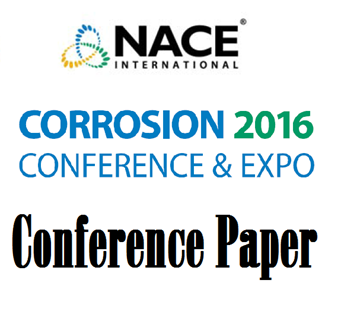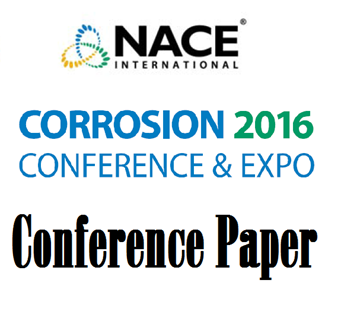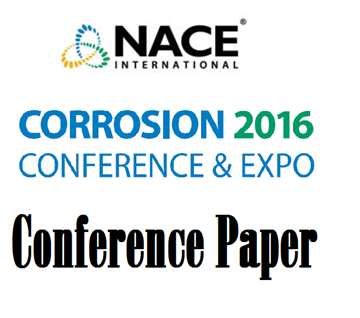Search
51316-7258-Corrosion Kinetics of Carbon Steels in high Density Zn/CaBr2
Also Purchased
51316-7257-Optimizing Current Distribution in Reinforced Concrete Cathodic Protection Systems
Product Number:
51316-7257-SG
ISBN:
7257 2016 CP
Publication Date:
2016
$20.00
51316-7265-Corrosion Behavior of Cr and Cu Containing Low Alloys Steels in Solution
Product Number:
51316-7265-SG
ISBN:
7265 2016 CP
Publication Date:
2016
$20.00
51316-7263-CaCO3 Scale Risk Assessment - Thermodynamics vs Kinetics
Product Number:
51316-7263-SG
ISBN:
7263 2016 CP
Publication Date:
2016
$20.00




